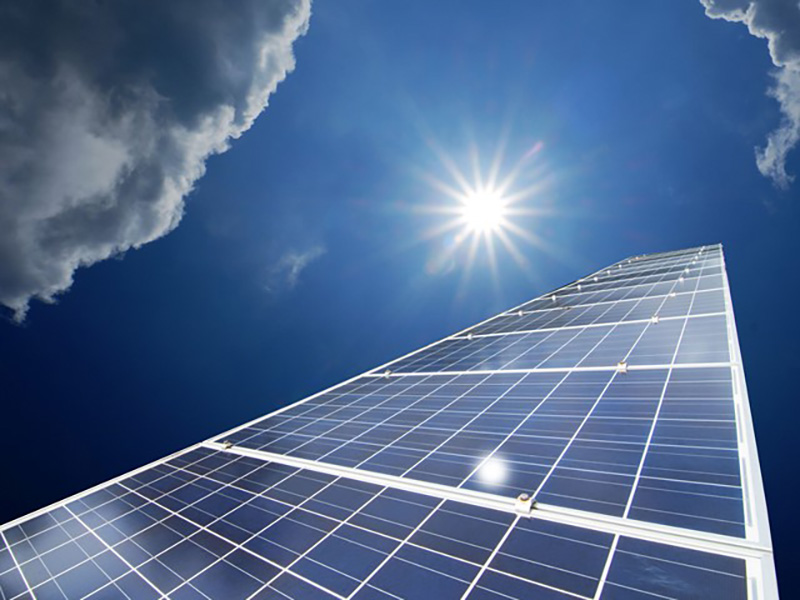Description
The most efficient solar panel in the world, as of the latest data, is a product that boasts an efficiency rate of over 24.5%. This panel uses a combination of monocrystalline and perovskite tandem cells to achieve this high efficiency. Manufacturers like
Tongwei are at the forefront of this innovation, constantly pushing the boundaries of solar technology. The efficiency of a solar panel refers to how effectively it can convert sunlight into electricity. With advancements in technology, solar panels have continuously improved, enabling more energy production from the same amount of sunlight, which translates into greater sustainability and cost savings for users.
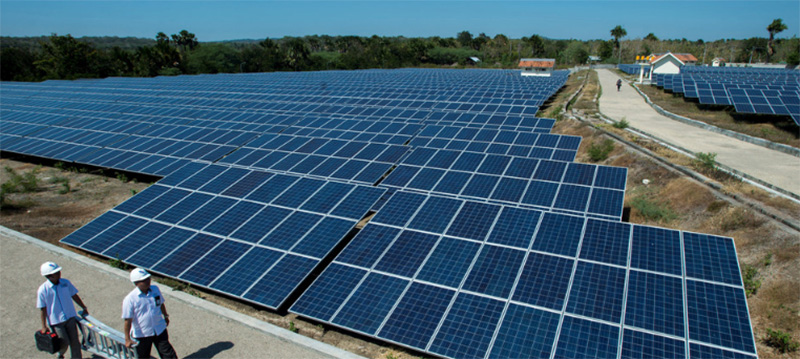
Understanding Solar Panel Efficiency
What is Solar Panel Efficiency?
Solar panel efficiency is a measure of how well a solar panel converts sunlight into electricity. Simply put, it's the percentage of sunlight's energy that is turned into electricity. For instance, if a solar panel has an efficiency of 20%, this means that 20% of the sunlight it absorbs is converted into usable electricity.
Factors Influencing Efficiency
There are various factors that play a role in determining the efficiency of a solar panel:
- Material of the Solar Cell:Different materials have different efficiencies. For example, monocrystalline solar cells typically have higher efficiencies compared to polycrystalline cells. Then, there are emerging materials like perovskite which show great promise in terms of efficiency.
- Temperature:Solar panels tend to decrease in efficiency as temperature increases. Most solar panels are rated at a standard temperature condition of 25°C. If the temperature rises significantly above this, the efficiency can decrease.
- Quality of Sunlight:The angle of sunlight, cloud cover, and other factors can influence the amount and quality of sunlight a panel receives. Optimal efficiency is achieved when sunlight is perpendicular to the panel.
- Degradation Over Time:Solar panels degrade over time, which means their efficiency drops. A typical solar panel might lose about 0.5% to 1% of its efficiency each year. However, high-quality panels have a slower degradation rate.
- Construction and Encapsulation:The manner in which solar cells are encapsulated within the panel, the quality of the backsheet, and other construction factors can impact efficiency.
In the quest for renewable energy, understanding and improving solar panel efficiency is paramount. This knowledge guides research and influences decisions on both production and consumption ends of the energy spectrum.
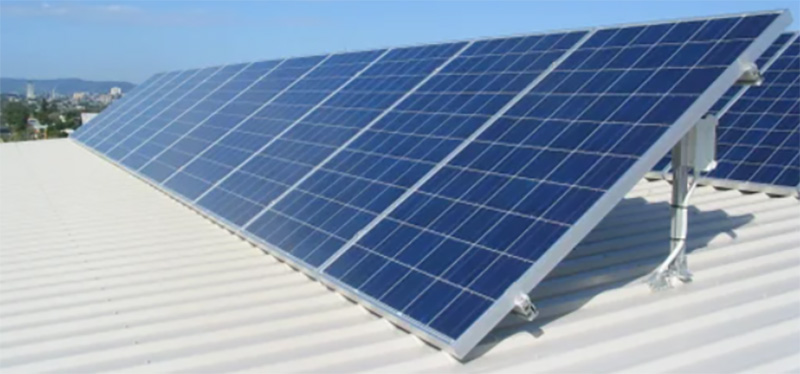
Types of Solar Panels
Monocrystalline Solar Panels
Monocrystalline solar panels are made from a single crystal structure. They are recognizable by their even coloring and uniform appearance, which indicate the high-purity silicon used. One of the oldest types of solar panels, they have the highest efficiency rates, often ranging between 15% to 20%. The purity of the silicon used in these panels means they produce more energy, albeit at a higher production cost. An easily distinguishable feature is their rounded edges.
Advantages:
- High efficiency due to high-purity silicon
- Long lifespan
- Space-efficient
Drawbacks:
- Typically more expensive than other types
Refer to
monocrystalline for further insights.
Polycrystalline Solar Panels
Polycrystalline solar panels, also known as multi-crystalline, are made from multiple crystal structures. They have a speckled blue appearance, which is a result of the silicon fragments melted together to form the wafer. Polycrystalline solar panels tend to have slightly lower heat tolerance than monocrystalline panels, which means their efficiency can drop slightly in high-temperature settings. Their efficiency usually lies in the range of 13% to 16%.
Advantages:
- Lower production cost
- Improved manufacturing processes are closing the efficiency gap
Drawbacks:
- Slightly less space-efficient than monocrystalline panels
For more information, check
polycrystalline solar panels.
Thin-Film Solar Panels
Thin-film solar panels are made by placing one or more films of photovoltaic material onto a substrate. These can be made from a variety of materials, including amorphous silicon (a-Si), cadmium telluride (CdTe), or copper indium gallium selenide (CIGS). The efficiency of thin-film panels is generally lower, ranging from 10% to 12%. However, they are lighter and more flexible, making them suitable for specific applications like rooftops that cannot sustain heavy loads.
Advantages:
- Lightweight and flexible
- Suitable for large areas where efficiency is not the primary concern
Drawbacks:
- Lower efficiency
- Shorter lifespan compared to crystalline panels
Delve into
thin-film technology for more.
Building-Integrated Photovoltaics (BIPV)
BIPV panels are designed to integrate seamlessly into building structures, replacing conventional materials in parts like the roof, skylights, or facades. They are both an architectural element and a power generator. While their efficiency might be lower than conventional panels, their aesthetic appeal and dual purpose—providing both shelter and electricity—make them a popular choice for urban environments.
Advantages:
- Aesthetic appeal as they integrate with building design
- Dual functionality
Drawbacks:
- Generally more expensive due to custom designs
- May have lower efficiency
Explore
BIPV for more architectural integration insights.
Each type of solar panel has its advantages and disadvantages, with the best choice often depending on the specific needs and constraints of a given project. Whether it's efficiency, aesthetics, or flexibility, the solar industry offers options to cater to diverse requirements.
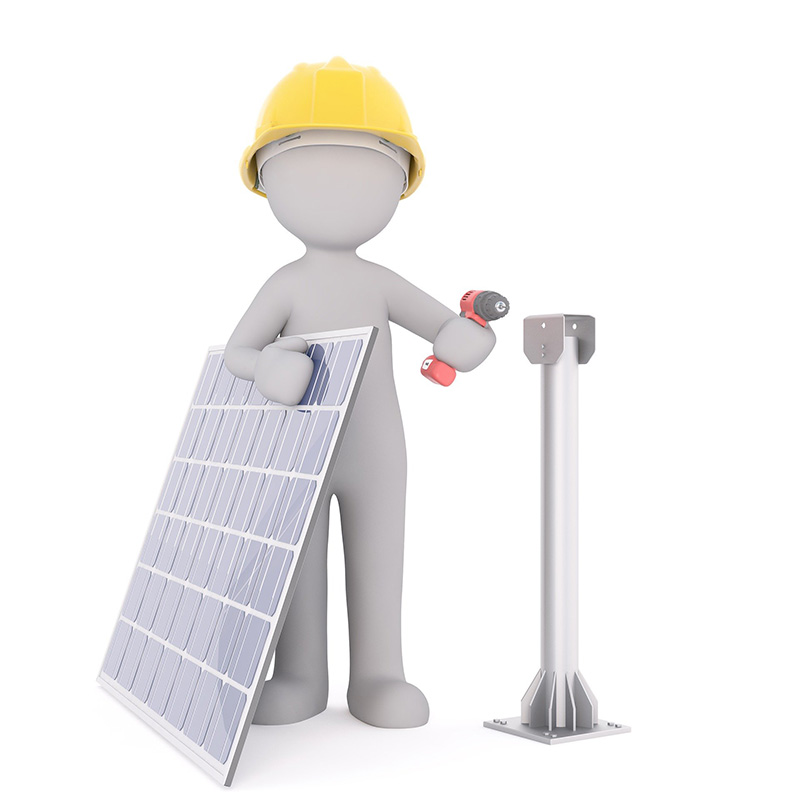
Breakthroughs in Solar Panel Technologies
The solar panel industry has seen rapid advancements over the last few decades. As researchers continue to seek ways to make solar panels more efficient, durable, and affordable, several promising technologies have emerged. These innovations aim to revolutionize the solar industry, making solar energy even more accessible and competitive.
Perovskite Solar Cells
Perovskite solar cells have gained attention due to their potential for high efficiency and low production costs. Made from a compound known as perovskite, these solar cells have shown efficiency levels of over 25%. This rapid rise in efficiency, in just a few years of research, signifies their potential in the solar industry.
Advantages:
- Rapid increase in efficiency in a short time
- Potential for lower production costs than traditional silicon cells
Drawbacks:
- Stability and longevity are still being researched and optimized
Tandem Solar Cells
Tandem solar cells leverage the strengths of two different types of solar cells. By stacking different materials, tandem cells can capture a broader range of the solar spectrum. For instance, a combination of perovskite and silicon has achieved efficiencies exceeding 29%, pushing the boundaries of solar cell capabilities.
Advantages:
- High efficiency by capturing a broader solar spectrum
- Potential to combine the benefits of emerging technologies with established ones
Drawbacks:
- Complexity in manufacturing can lead to higher costs
Quantum Dot Solar Cells
Quantum dot solar cells utilize quantum dots as the photovoltaic material. These nanoparticles can be tuned to absorb specific frequencies of light, potentially allowing for a more tailored and efficient absorption of the solar spectrum. While still in the early stages of development, quantum dot solar cells have demonstrated efficiencies over 13% and hold promise for further improvements.
Advantages:
- Flexibility in tuning to specific light frequencies
- Potential for innovative applications due to their nano-sized nature
Drawbacks:
- Still in the research phase with room for efficiency improvement
- Long-term stability and commercial viability are under examination
The advancements in solar technology underline the industry's commitment to harnessing the sun's power more effectively. As research continues, the efficiencies and capabilities of solar panels will only grow, further solidifying solar energy as a cornerstone of sustainable energy solutions.
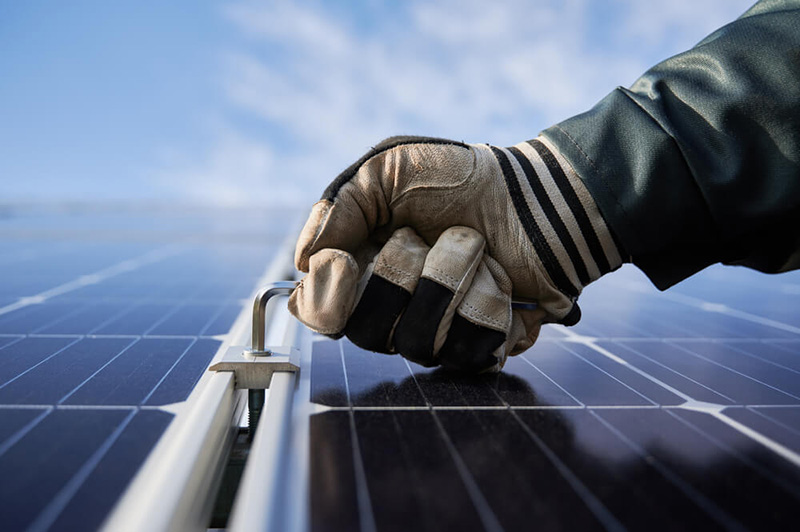
The Current Most Efficient Solar Panel
Solar panels have been consistently improving in efficiency, paving the way for increased adoption and a more sustainable future. As of the latest updates, several manufacturers are vying for the title of the most efficient solar panel. Here's a closer look at one of the top contenders.
Specifications and Features
| Feature |
Specification |
| Efficiency |
24.5% |
| Cell Type |
Monocrystalline/Perovskite Tandem |
| Size |
2,000 x 1,000 mm |
| Wattage |
370 W |
| Temperature Coefficient |
-0.35 %/°C |
| Warranty |
25 years (performance), 10 years (product) |
| Certifications |
ISO 9001, ISO 14001, OHSAS 18001 |
Manufacturer and Innovations
- Tongwei:
- A leader in the solar industry, Tongwei has a reputation for investing heavily in research and development to push the boundaries of solar panel efficiency.
- Pioneers in adopting advanced technologies, Tongwei's combination of monocrystalline and perovskite tandem cells showcases their dedication to innovation.
- Their commitment to sustainability extends beyond products. They have implemented eco-friendly manufacturing processes and aim for carbon neutrality.
- Tongwei's panels are known not only for their efficiency but also for their durability and reliability, making them a preferred choice for many solar projects worldwide.
In the race for the most efficient solar panel, manufacturers like Tongwei set the bar high, ensuring consumers benefit from top-tier technology and the industry continues to evolve.
Benefits of High-Efficiency Solar Panels
Harnessing solar energy is becoming increasingly crucial in today's energy landscape. High-efficiency solar panels are the latest advancements in this domain, promising not only environmental benefits but also a range of advantages for consumers and businesses.
Increased Energy Production
High-efficiency solar panels can generate more electricity per square foot than their lower-efficiency counterparts. For instance, while a standard solar panel might convert 15% of the sunlight it receives, a high-efficiency panel can convert upwards of 24%. This increase translates directly into higher energy production for the same amount of sunlight.
Advantages:
- Enables households and businesses to generate more power even in areas with limited sunlight.
- Helps in reducing the dependence on grid electricity, potentially lowering energy bills.
- Enhances the effectiveness of solar installations in regions with variable sunlight, like northern latitudes or places with frequent cloud cover.
More about the mechanics of energy production can be explored on
solar energy.
Space-Saving Benefits
The higher the efficiency of a solar panel, the less space it needs to produce the same amount of energy. This attribute is particularly beneficial for urban areas or buildings with limited roof or land space.
Advantages:
- Makes solar installations feasible for urban homes with limited roof space.
- Reduces the area needed for large-scale solar farms, preserving more land for other uses.
- Offers greater flexibility in panel placement and design, allowing for more aesthetic and integrated installations.
Better Return on Investment
Though high-efficiency solar panels might have a higher upfront cost, they can provide better financial returns in the long run. By generating more power from the same setup and infrastructure, they can lead to greater savings on energy bills.
Advantages:
- Shorter payback period, as the increased energy production can offset the higher initial investment.
- Increased property value, as homes equipped with high-efficiency panels are often viewed as more modern and sustainable.
- Potential eligibility for tax credits or rebates, given the push for renewable energy sources in many regions.
Dive deeper into the
economic aspects of solar energy.
In conclusion, high-efficiency solar panels offer a compelling array of benefits. As technology advances and these panels become even more efficient and affordable, their adoption is set to rise, driving us closer to a sustainable and energy-efficient future.

Challenges and Limitations of High-Efficiency Solar Panels
While high-efficiency solar panels bring about numerous advantages, they aren't devoid of challenges. Like every evolving technology, they come with their own set of limitations. Understanding these is essential to making informed decisions about solar energy adoption and recognizing areas that need further research and innovation.
Theoretical Efficiency Limits (Shockley–Queisser limit)
Every solar cell material has a theoretical maximum efficiency, often referred to as the
Shockley–Queisser limit. For silicon, which is the primary material in most commercial solar panels, this limit is about 33.7%.
Key Points:
- This limit is determined by the material's ability to absorb and convert photons into electrons.
- Factors like bandgap energy, thermodynamic losses, and recombination losses influence this limit.
- Current high-efficiency solar panels still haven't reached this limit, but getting closer requires significant research and innovation.
Cost Considerations
Though the prices of solar panels have been decreasing over the years, high-efficiency panels still come at a premium. The advanced materials and technologies involved in their production contribute to their higher costs.
Key Points:
- The initial investment for high-efficiency panels can be substantial, especially for large installations.
- While these panels offer a better return on investment in the long run, the upfront costs can be a barrier for many.
- Innovations in manufacturing and economies of scale might bring down costs in the future. For insights into the solar industry's pricing trends, visit the economics of solar power.
Durability and Lifespan
The lifespan and durability of a solar panel are crucial considerations, especially when weighing the cost benefits. Some cutting-edge technologies might not have the same tested durability as traditional panels.
Key Points:
- While many solar panels come with warranties extending up to 25 years, real-world factors like weather conditions can affect their longevity.
- Newer technologies, such as perovskite solar cells, are still being tested for long-term durability.
- Maintenance, installation quality, and protective measures can play a role in extending a panel's life.
In conclusion, while high-efficiency solar panels promise a brighter, more sustainable future, understanding their limitations ensures realistic expectations and encourages continued research to overcome these challenges.







